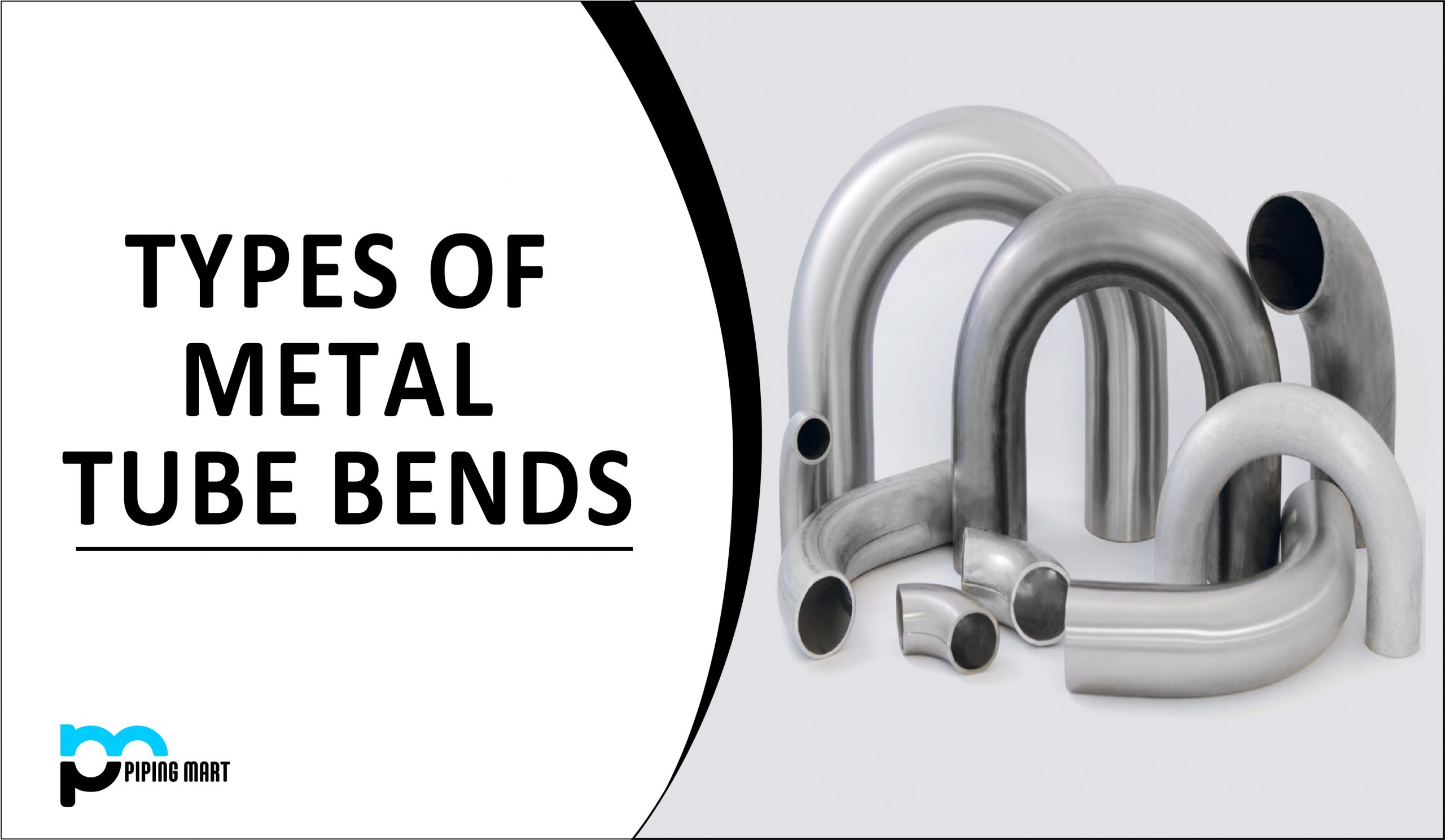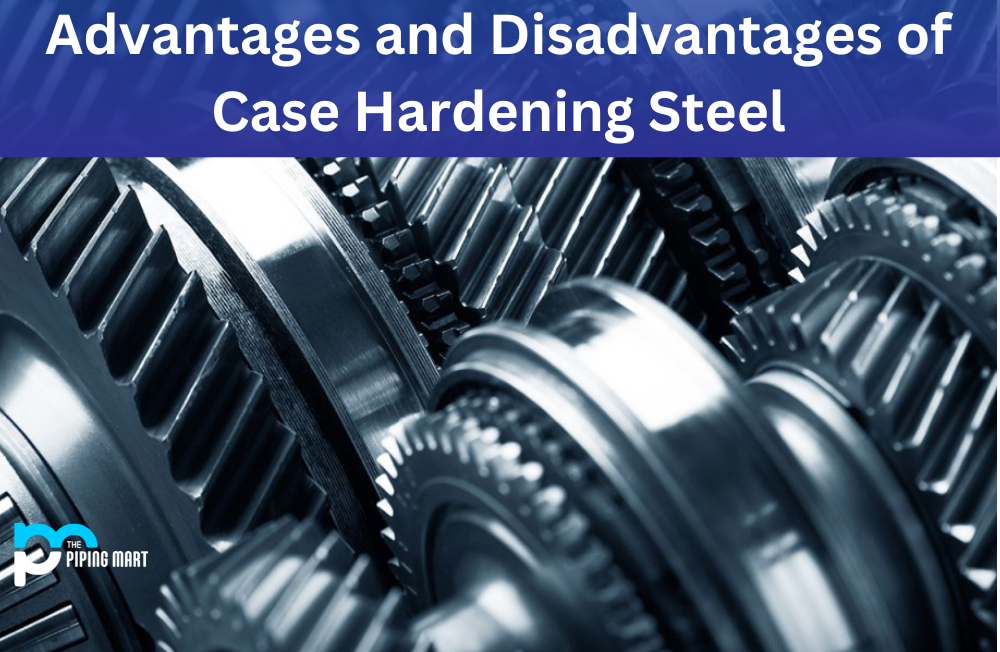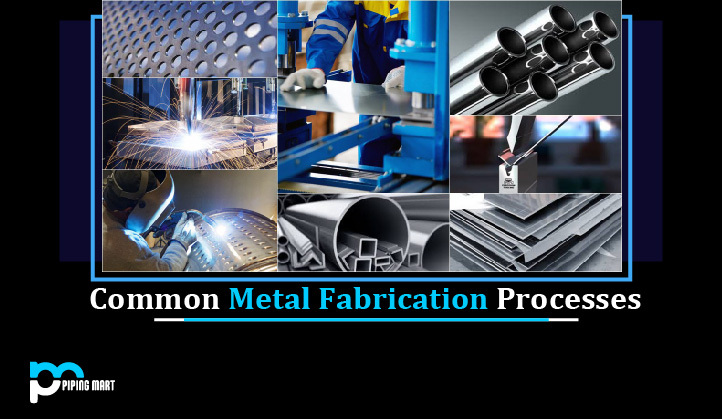When it comes to manufacturing, there are many different methods used to create products. Two of these methods are shell molding and investment casting. While they may appear to be similar processes at first glance, they have some major differences. Let’s take a closer look at what makes each process unique and how they benefit your business.
Shell Molding
Shell moulding is a process that involves pouring molten metal into a pre-formed sand core or cavity. The sand core is formed by spraying liquid plastic or resin onto the surface of a die or pattern, which then hardens and forms the shape of the product being made. This method creates an incredibly strong bond between the metal and the sand core, making it ideal for creating products with intricate details or complex geometries. It also has a shorter setup time than other manufacturing methods, allowing you to produce parts faster and more efficiently.
Investment Casting
Investment casting is another popular manufacturing method that involves creating a wax model of the product being produced, dipping it in ceramic slurry and then heating it until all of the wax melts away. This leaves behind an empty ceramic mould that can then be filled with molten metal to form the desired product. Investment casting allows for greater detail than other techniques because it captures small details in the wax model before it’s dipped in slurry. It also has fewer material type restrictions than other methods, making it easier to work with certain metals such as aluminium alloys or bronze.
Difference Between Shell Molding and Investment Casting
Advantages of Shell Molding
One advantage of shell molding over investment casting is that it can be used to create more intricate shapes. Additionally, shell moulding can produce stronger castings than investment casting, as the resin-coated sand provides more support for the molten metal.
Advantages of Investment Casting
One advantage of investment casting over shell molding is that it produces smoother surfaces on the casting as the wax pattern provides a smooth surface for the molten metal to flow over. Additionally, investment casting can be used to create thinner walls on the casting, as there is no need for support from the sand.
Disadvantages of Shell Molding
One disadvantage of shell molding is that it is a more expensive process than investment casting, as the resin-coated sand is more costly than the wax used in investment casting. Additionally, shell moulding can produce weaker castings than investment casting, as the sand can break down under high temperatures and lose its support for the molten metal.
Disadvantages of Investment Casting
One disadvantage of investment casting is that it is a more time-consuming process than shell molding, as the wax pattern must be created before the mold can be made. Additionally, investment casting can produce castings with poorer dimensional accuracy than shell moulding, as shrinkage occurs when the wax melts during the pouring.
Conclusion:
Both shell moulding and investment casting offer distinct advantages when producing parts for your business needs. Whether you need intricate details or complex geometries, choosing one method over another will depend on your specific requirements and budget constraints. Regardless of your chosen process, both options can provide excellent results if done properly. You can find the best option for your business’s needs with careful research and consideration!

Abhishek is a seasoned blogger and industry expert, sharing his insights and knowledge on various topics. With his research, Abhishek offers valuable insights and tips for professionals and enthusiasts. Follow him for expert advice on the latest trends and developments in the metal industry.




